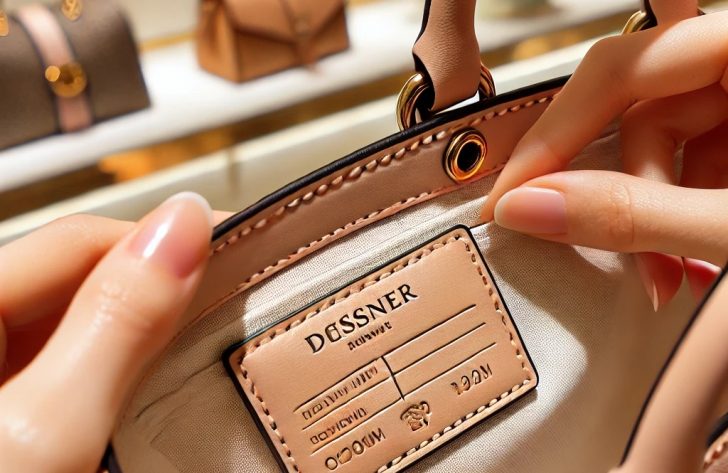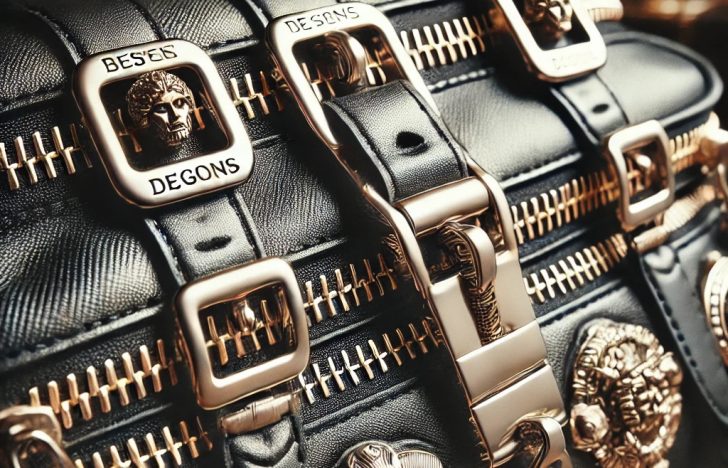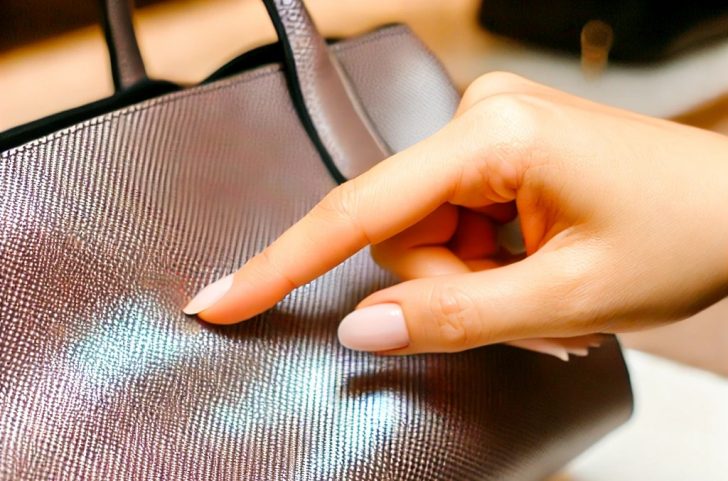Check the Price
The first clue on how to spot fake designer goods is the price. Designer items are expensive for a reason: quality materials, craftsmanship, and brand reputation. If you come across a deal that seems too good to be true, it probably is.
Cheap prices are a major red flag. Fake goods are often sold at a fraction of the cost of the real thing. When shopping, keep an eye out for discounts that seem unrealistic. Remember, no one sells luxury items for pennies on the dollar.
So, if a product is significantly cheaper than its usual retail price, chances are it is a counterfeit.

Inspect the Packaging
Packaging is a strong indicator of authenticity when learning how to spot fake designer goods. Genuine designer items come with high-quality packaging that includes branded boxes, dust bags, and authenticity cards. These are not just thrown in. They are meticulously designed to match the luxury product inside.
Fake products often come in substandard packaging. Look for signs like flimsy boxes, misspelled words, or low-quality printing. The packaging should feel substantial and well-made.
If it looks like an afterthought, you are likely dealing with a fake.
Examine the Craftsmanship
Craftsmanship is where designer goods truly stand out. Authentic items are crafted with precision and attention to detail. When figuring out how to spot fake designer goods, closely examine the stitching, zippers, and other hardware. The stitches should be even, and the hardware should be weighty and smooth.

Authentic designer goods will never have crooked seams or flimsy zippers. If you notice these flaws, walk away.
Verify the Serial Number
Many designer items come with a serial number or a unique identifier that you can verify. This is a key step in how to spot fake designer goods. Brands like Louis Vuitton, Chanel, and Gucci include serial numbers that you can check against their databases or with the brand’s customer service.
Fakes either have no serial numbers or ones that don’t match the brand’s records. When buying a designer item, always ask for the serial number and verify it. If the seller can’t provide it or it doesn’t check out, it is a sign of a counterfeit product.
Assess the Material Quality
The quality of materials used is another significant indicator. Designer goods use the finest materials, whether it is leather, fabric, or metals. So, feel and examine the materials used. Authentic leather should feel soft and supple, and fake leather feels ‘plasticky’ and stiff.

Remember, authentic products maintain their quality and feel luxurious, while fakes fall short.
Look at the Logo and Branding
The logo and branding are crucial in spotting fake designer goods. Authentic items feature logos that are perfectly aligned, correctly spelled, and consistently applied. Check for precision in how the brand name and logos are displayed on the product.
Fakes often have errors in branding. Misspellings, off-center logos, and inconsistent fonts are common mistakes. Always compare the logo on the item with images from the brand’s official website. If anything looks off, it is very likely a fake.




